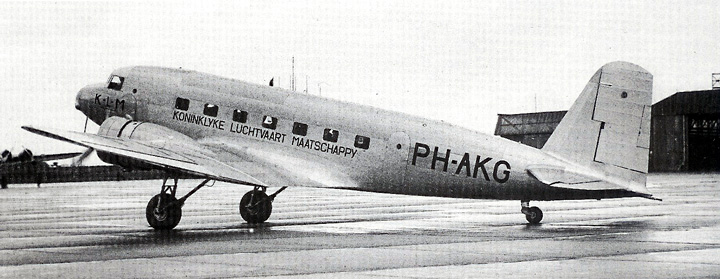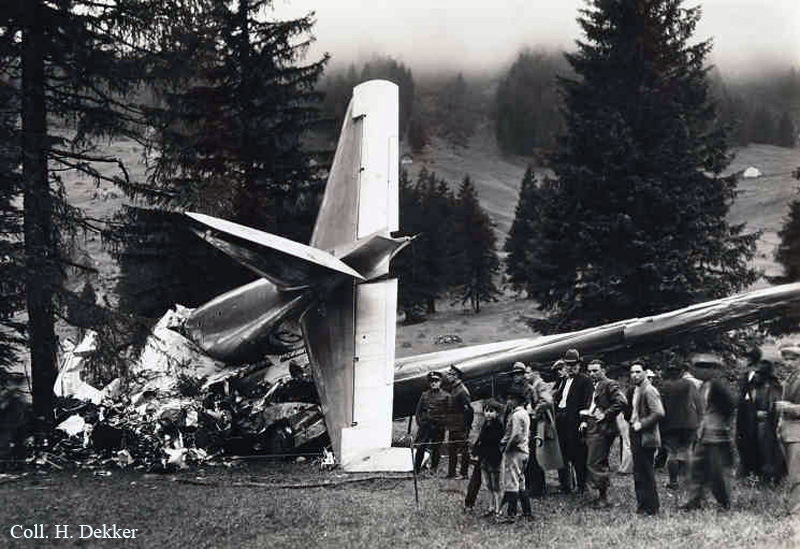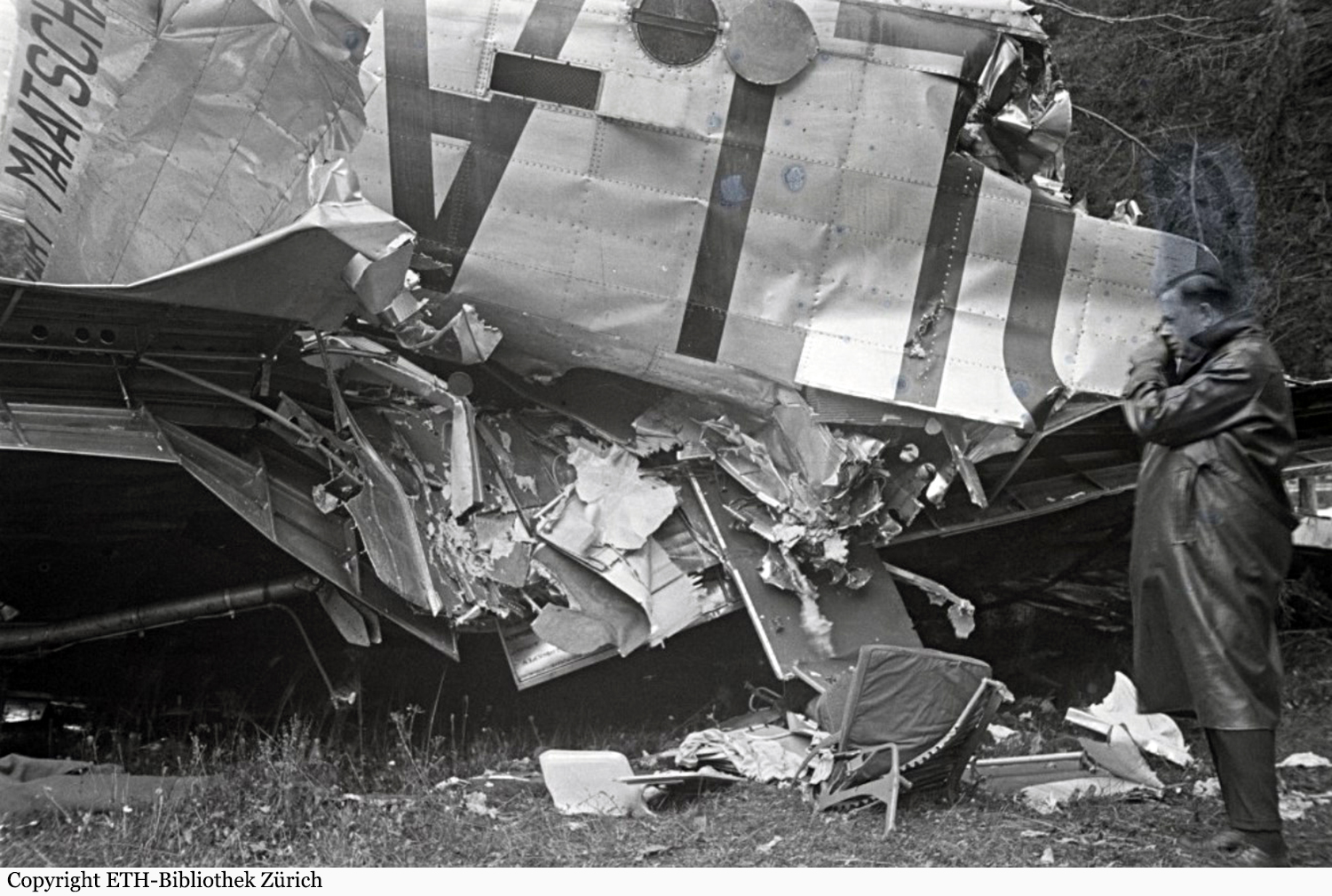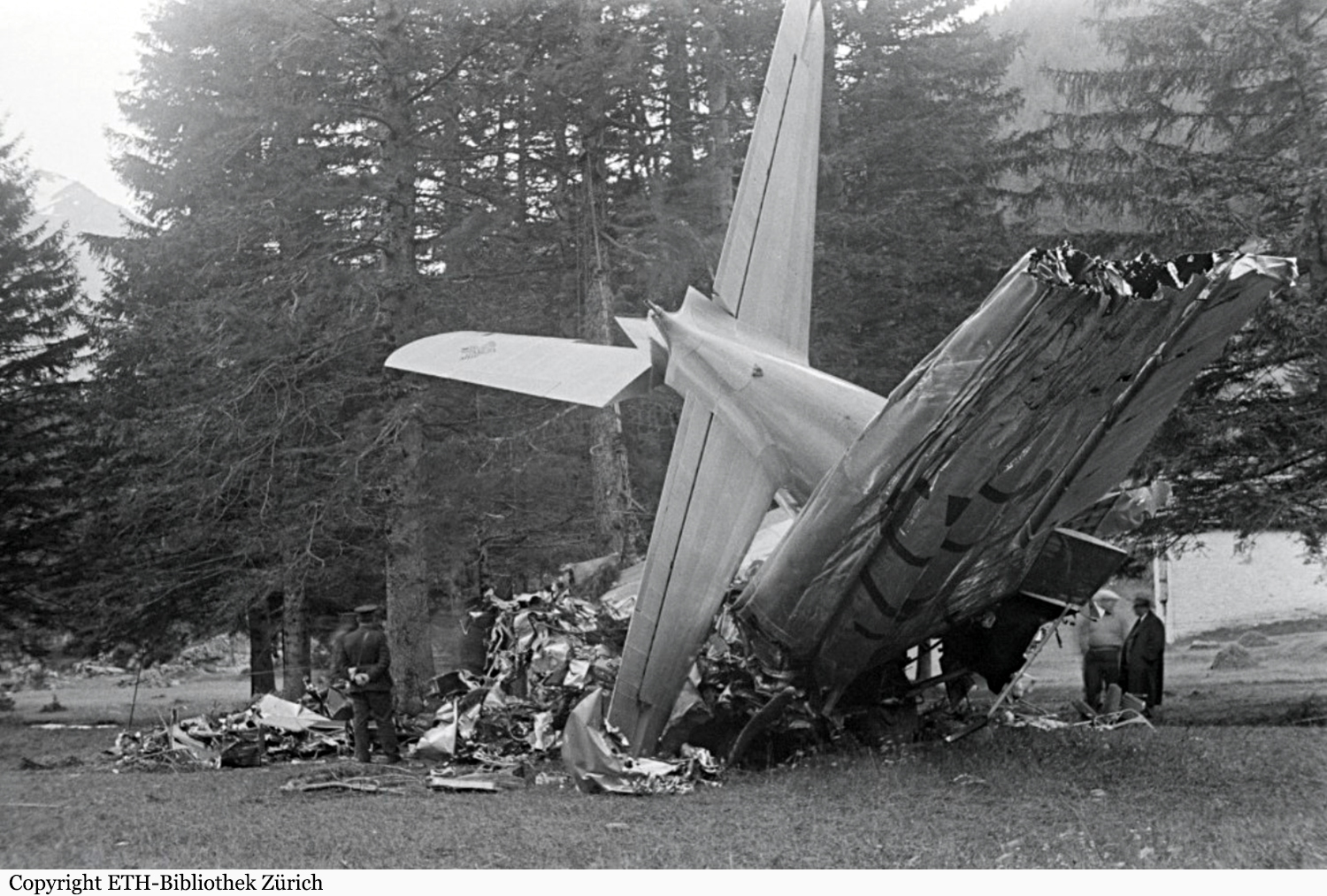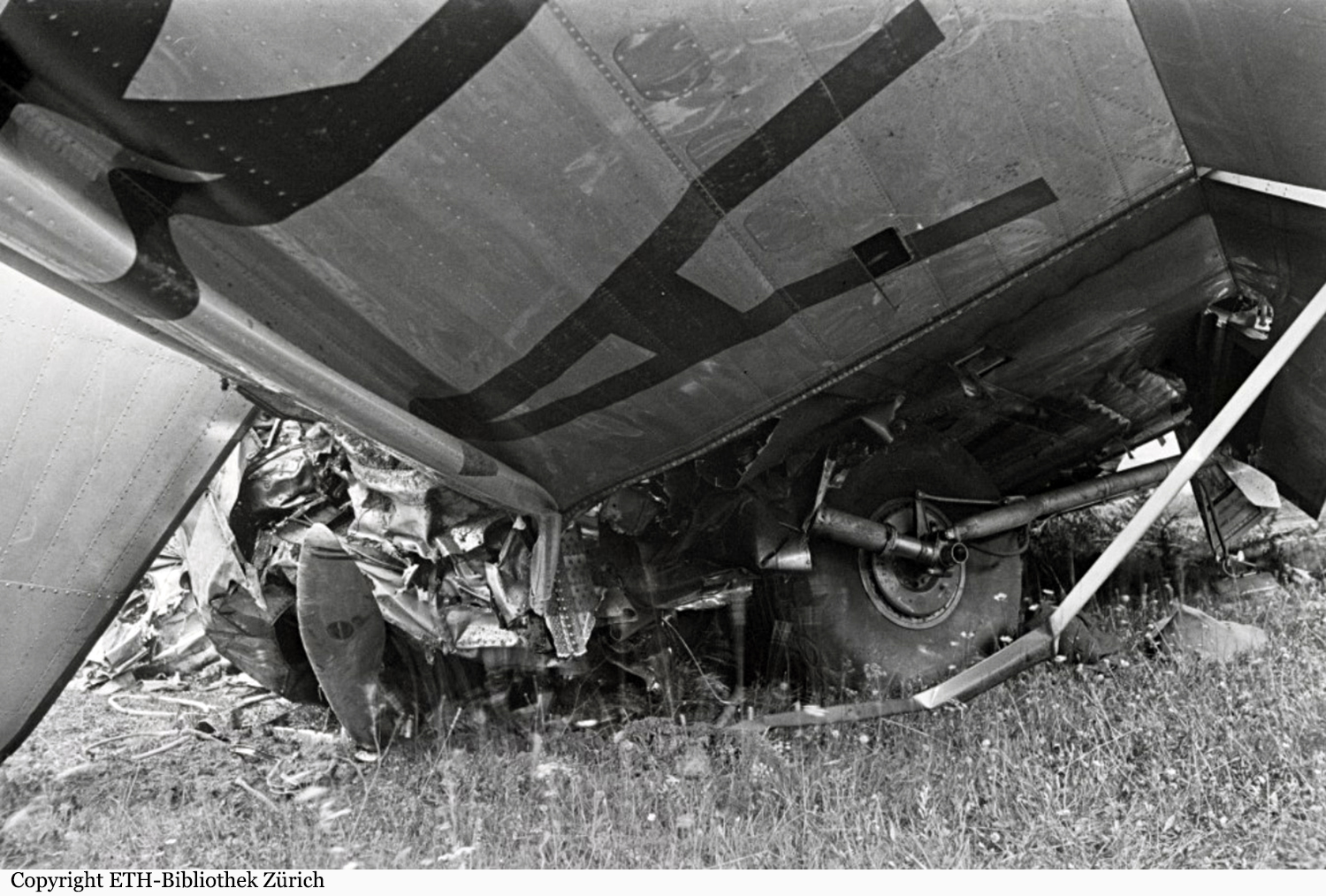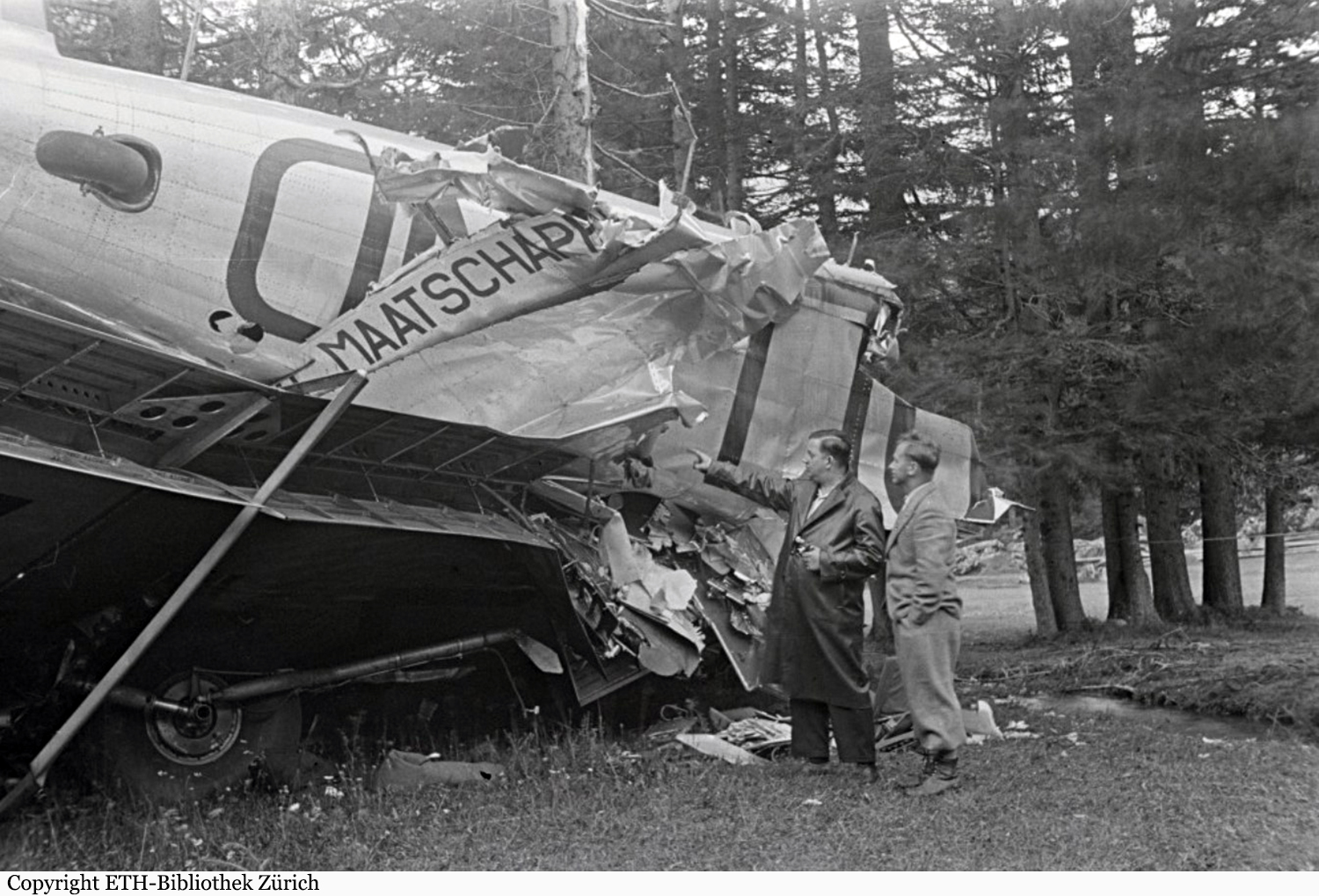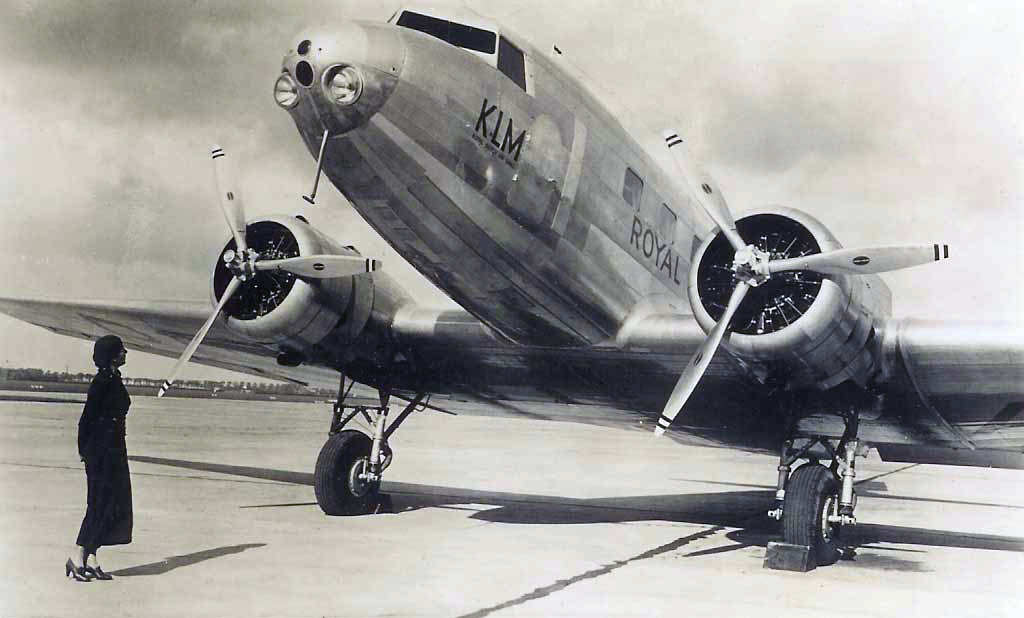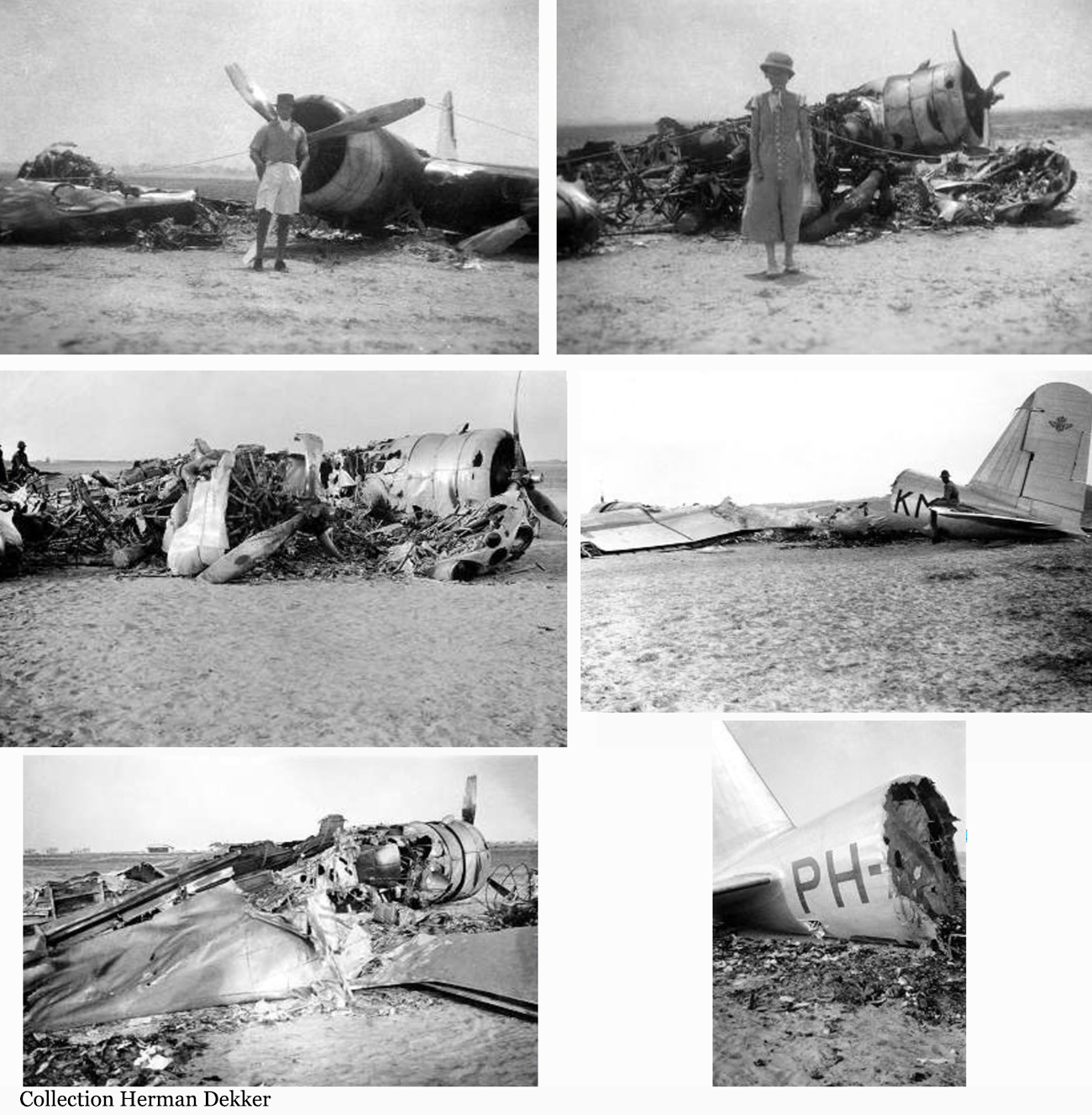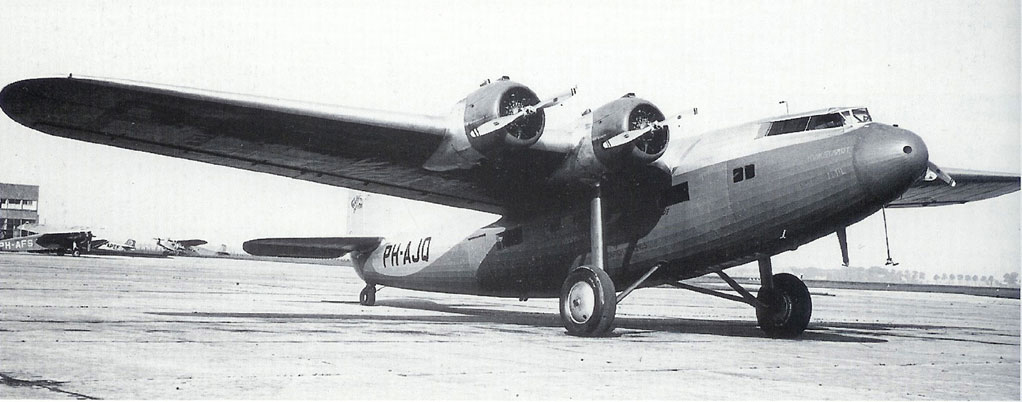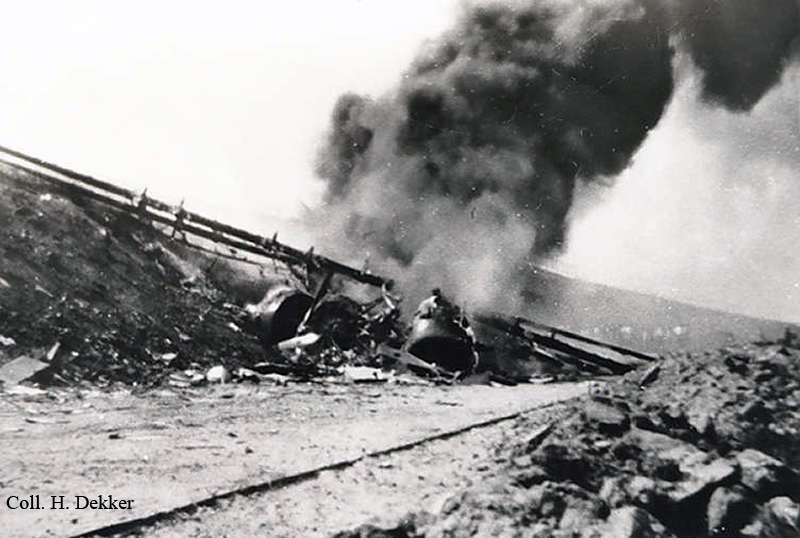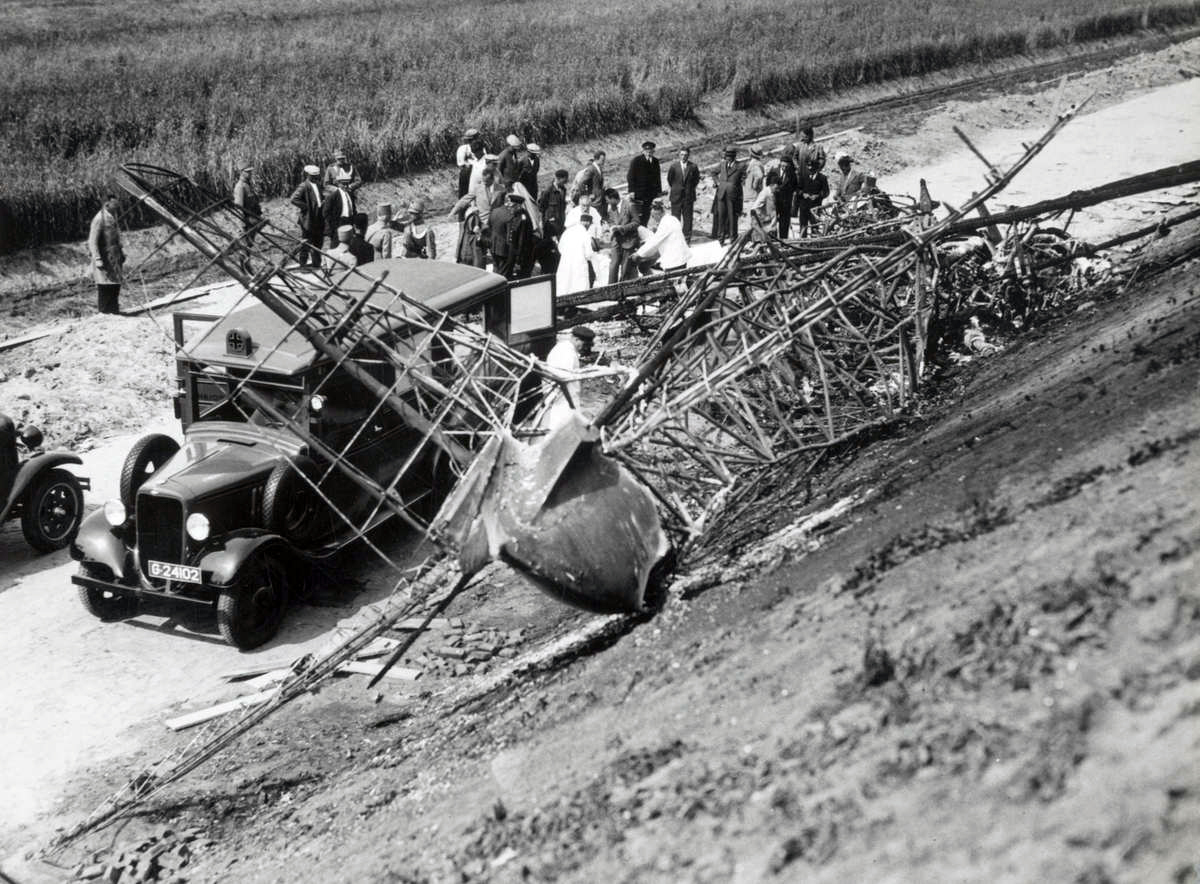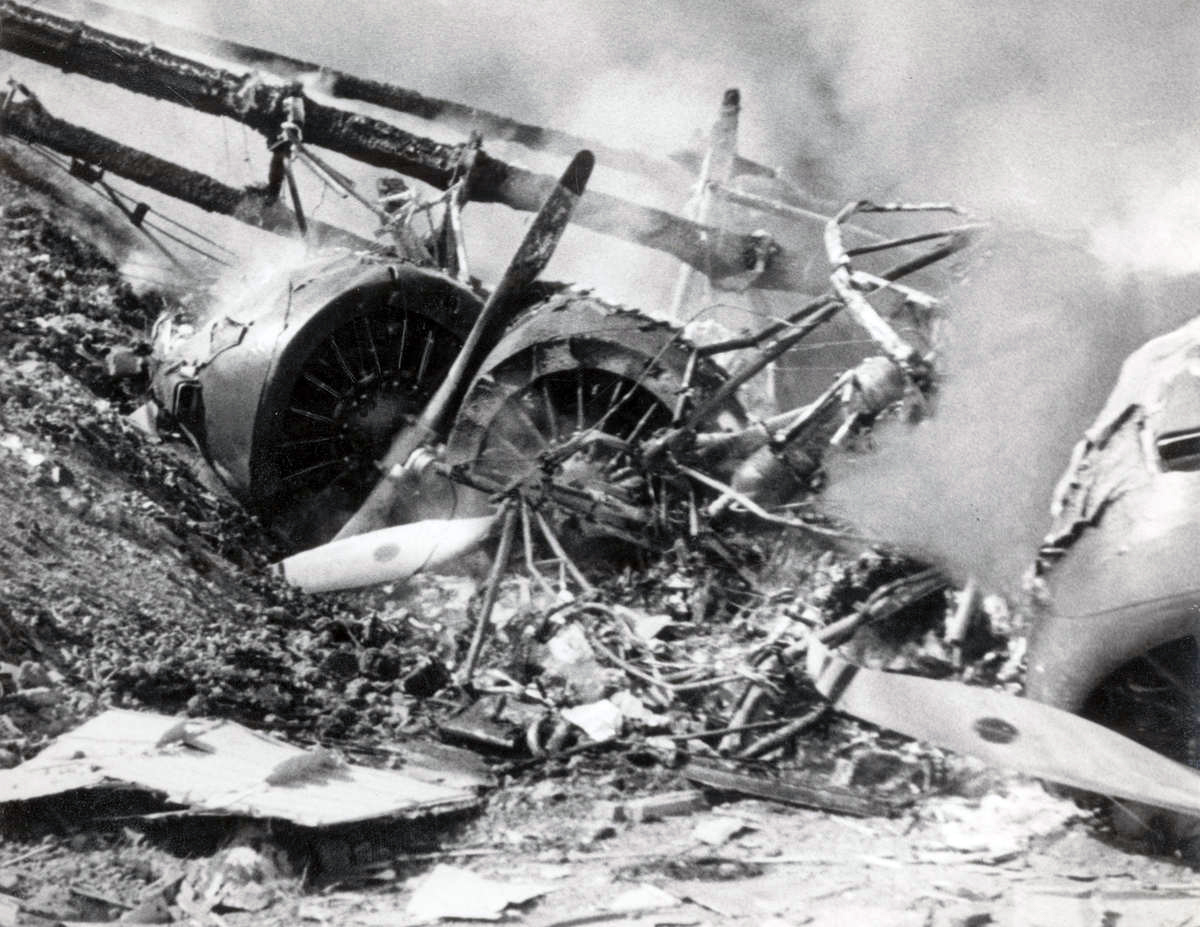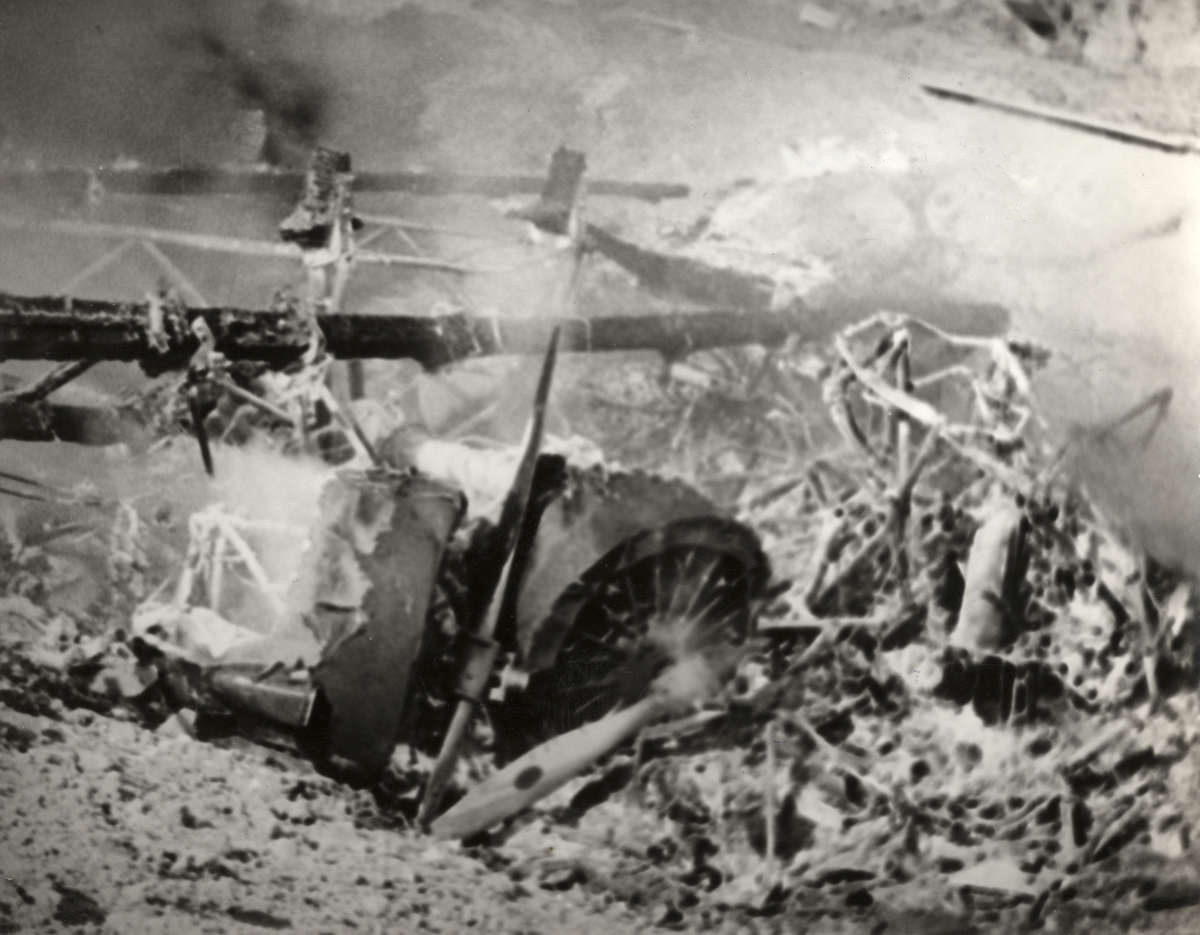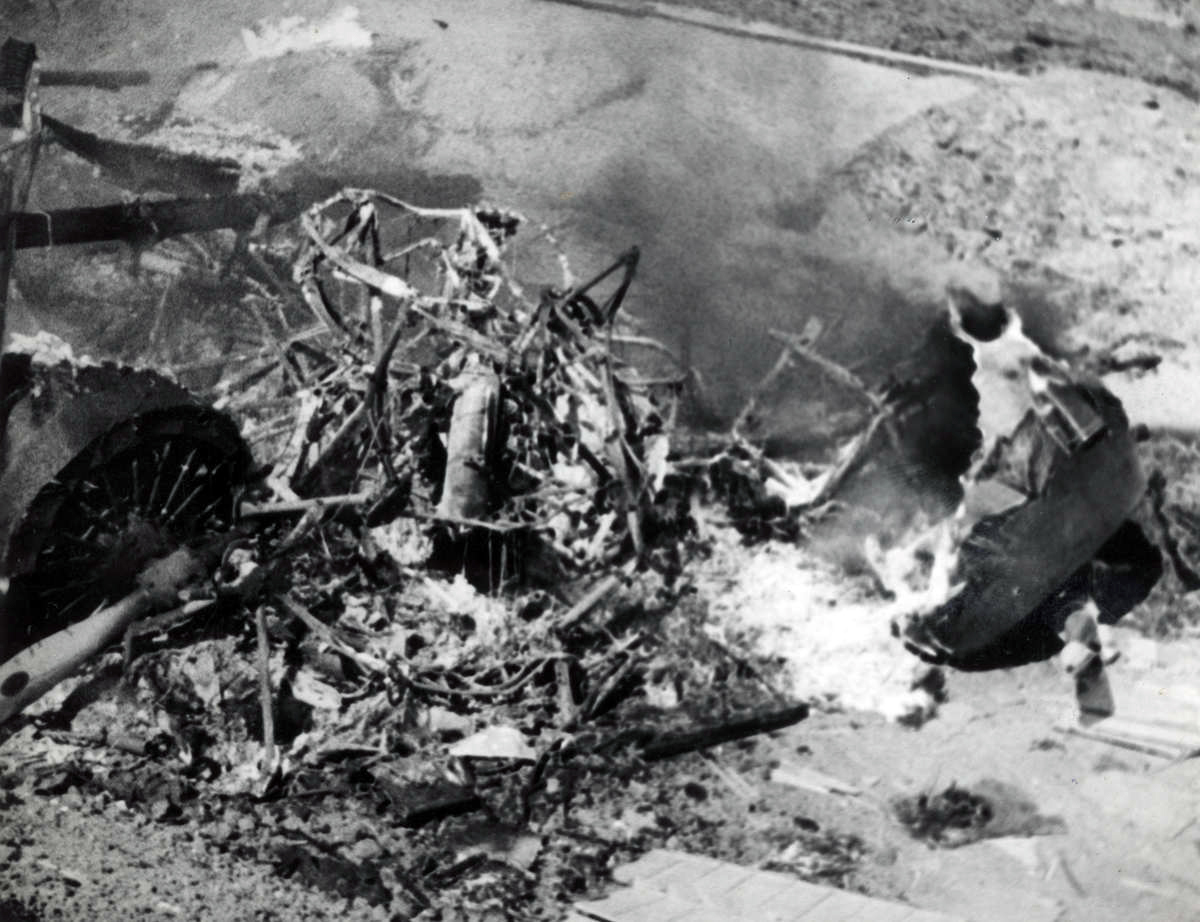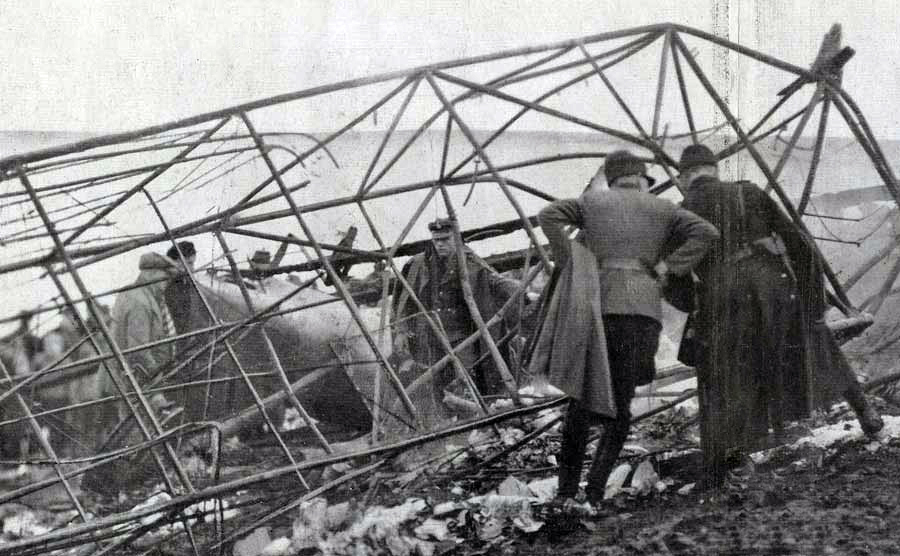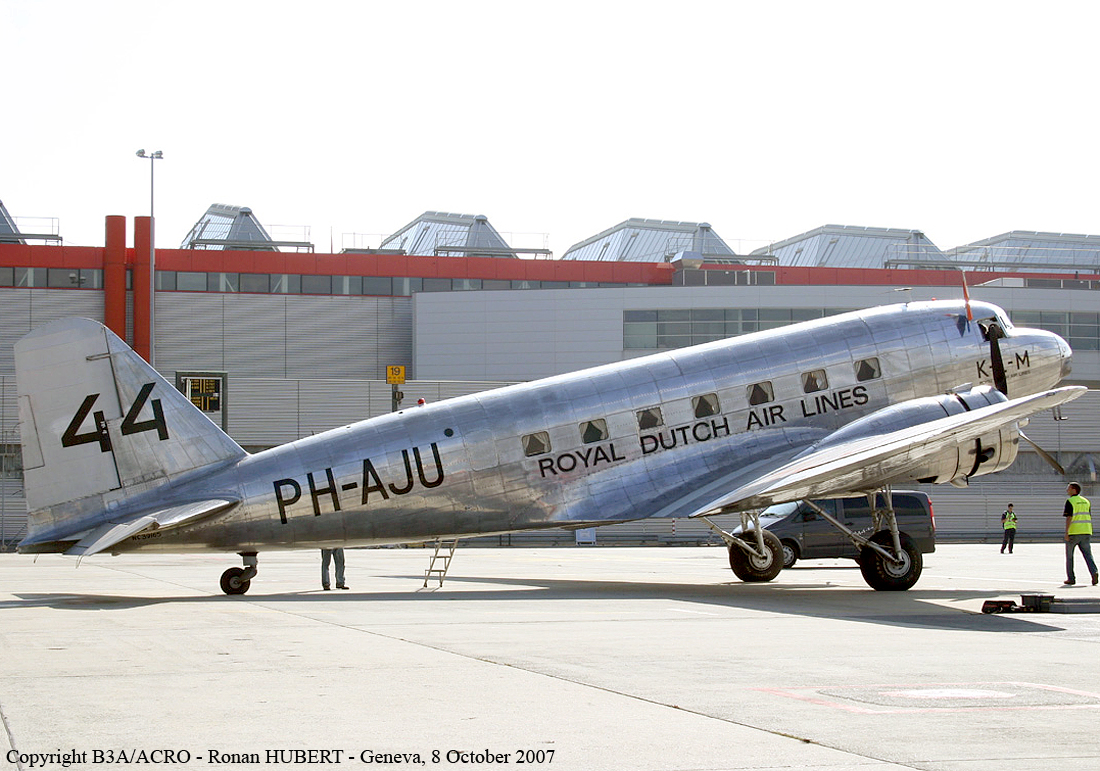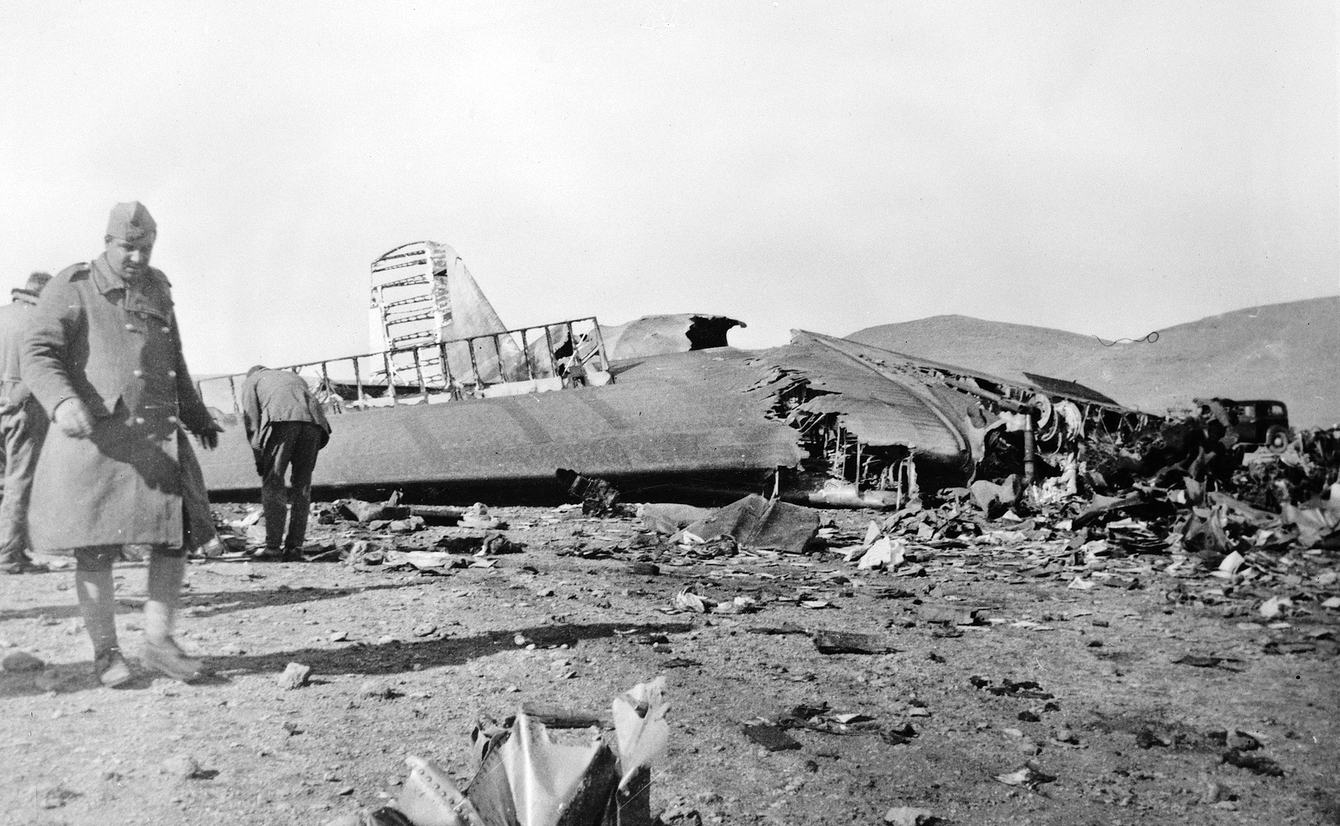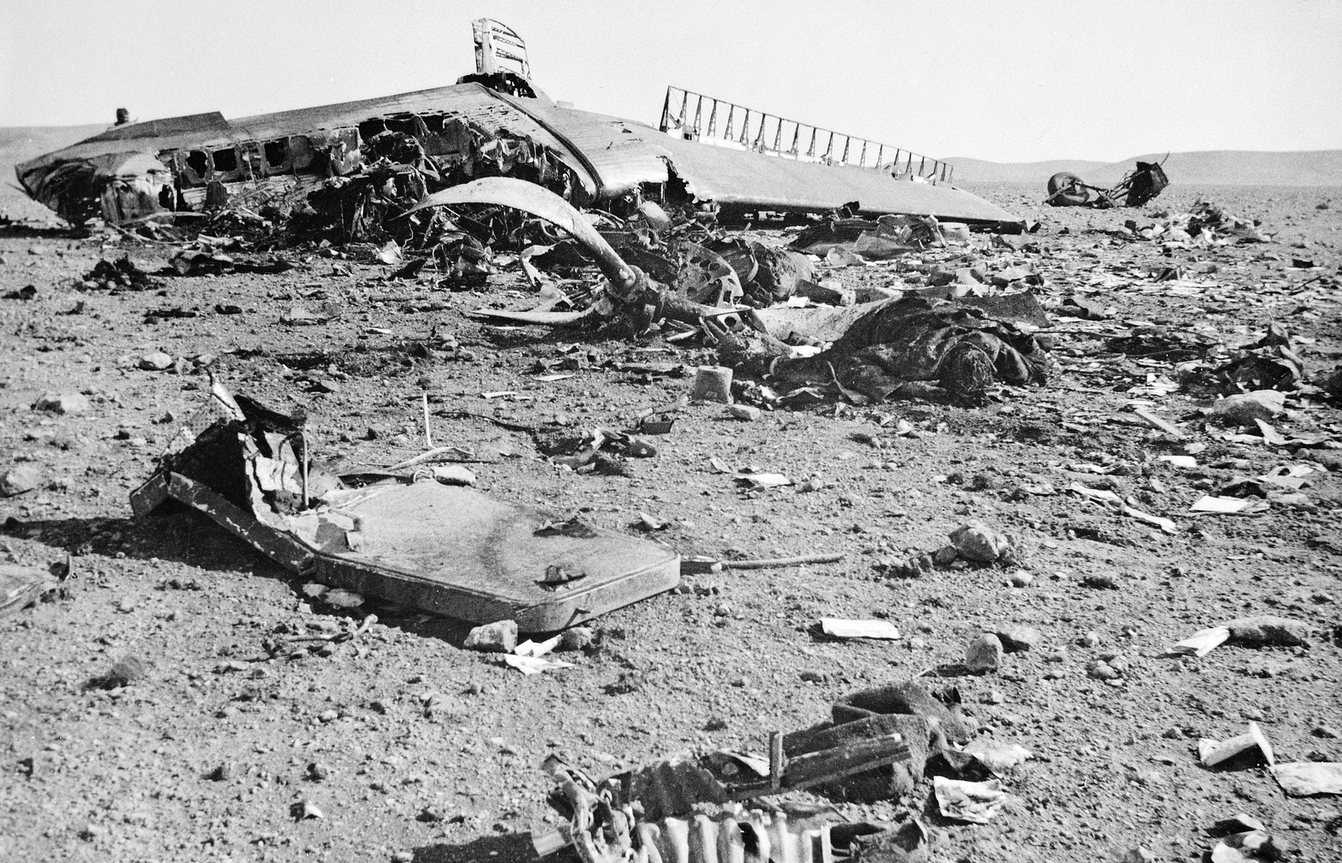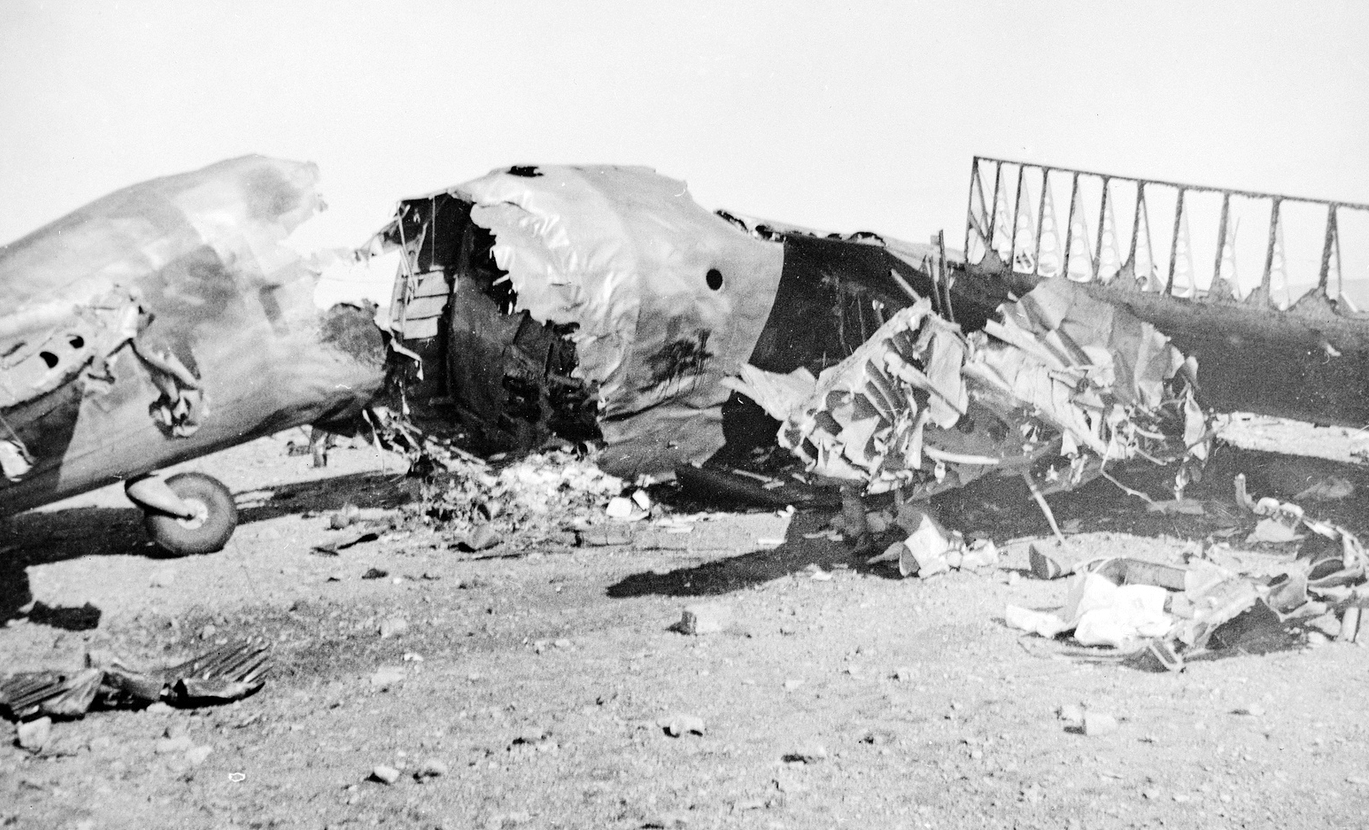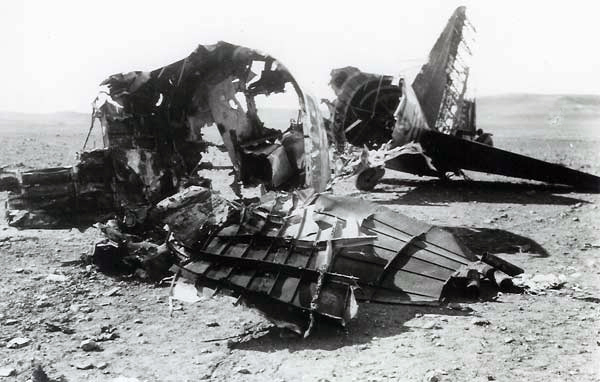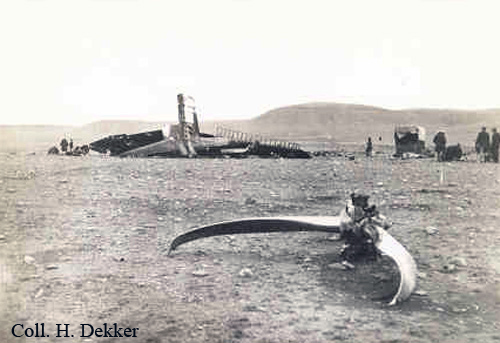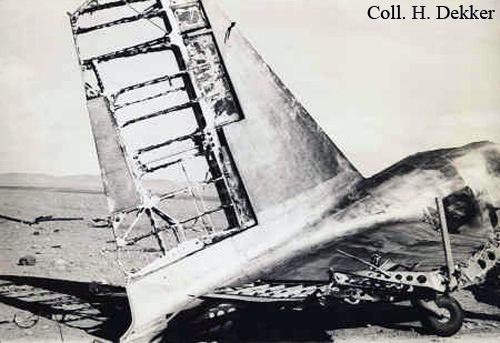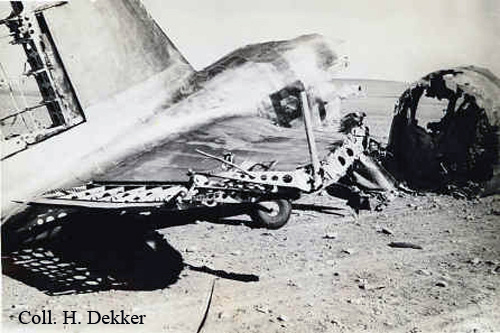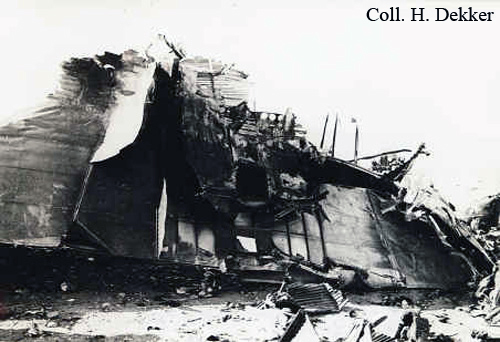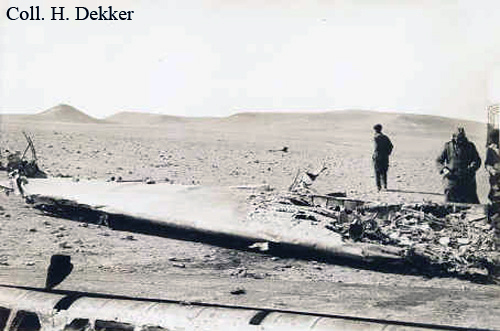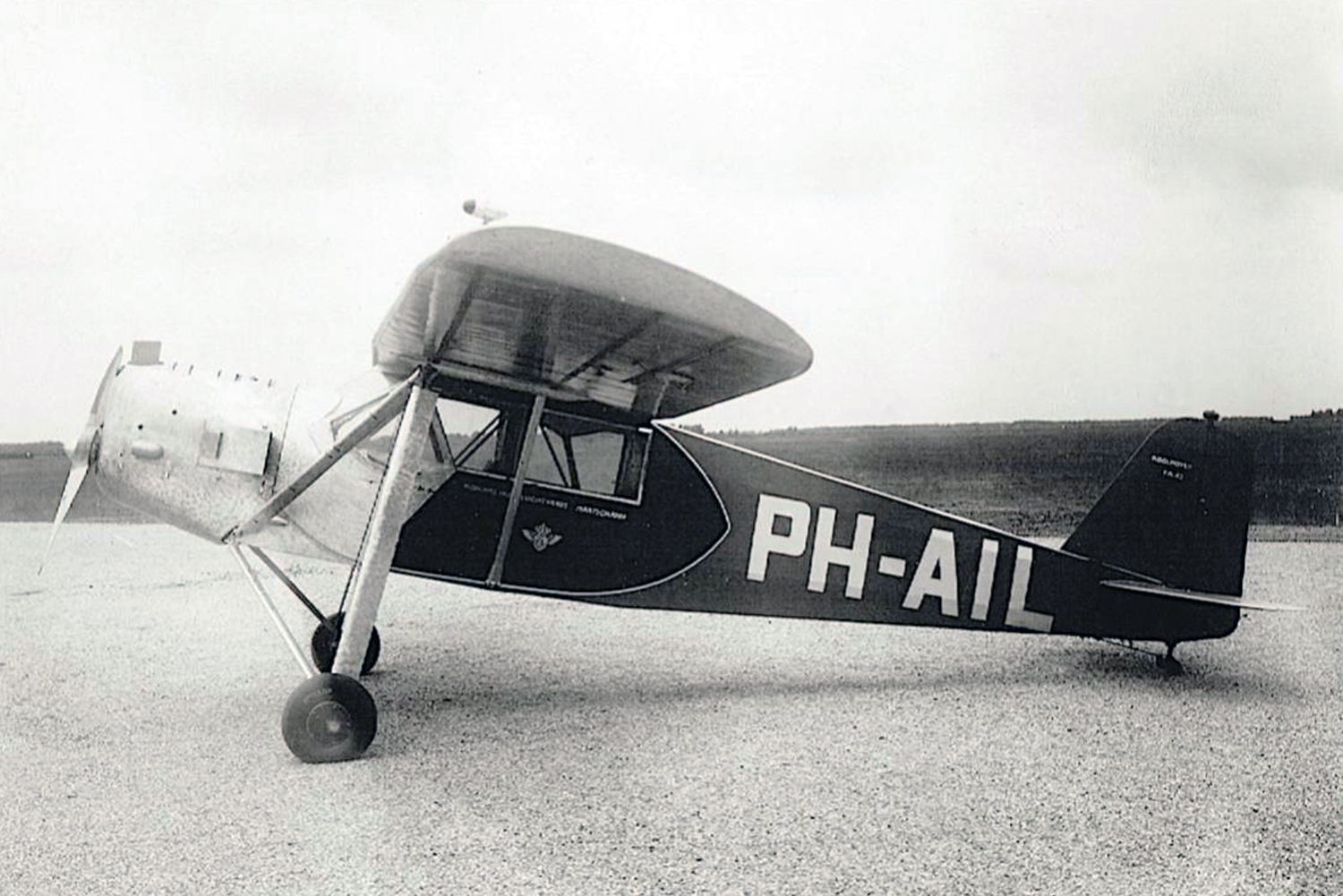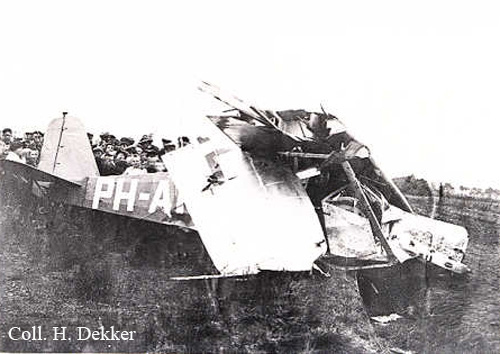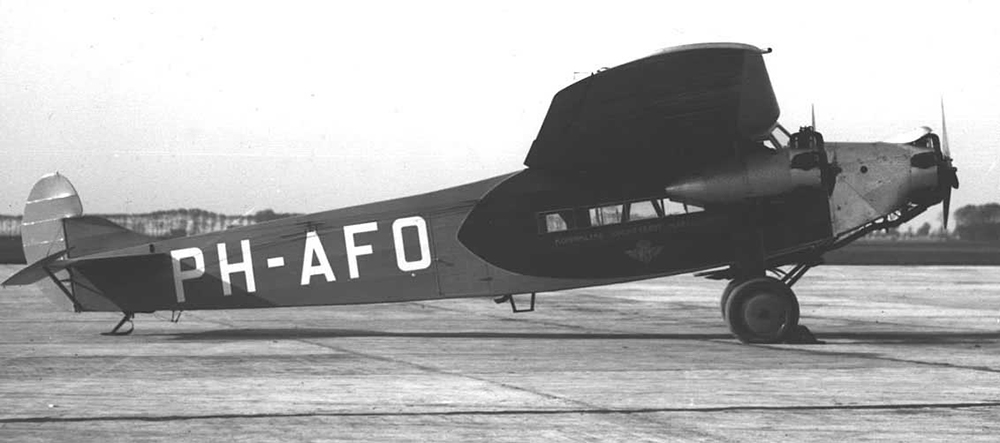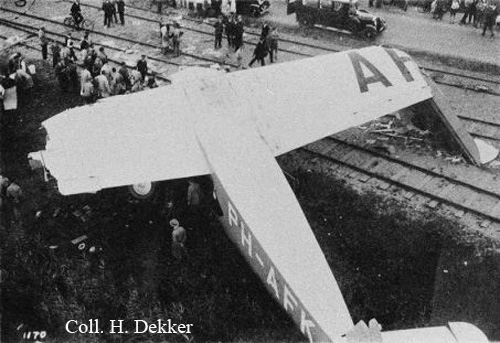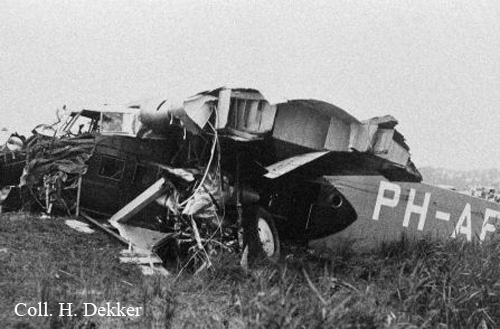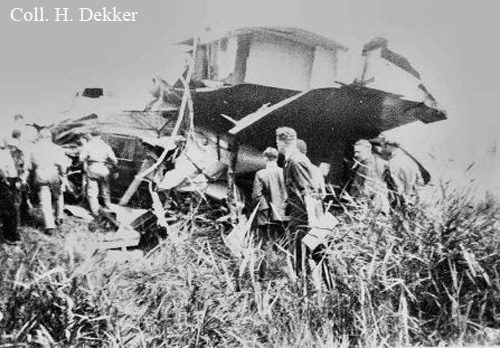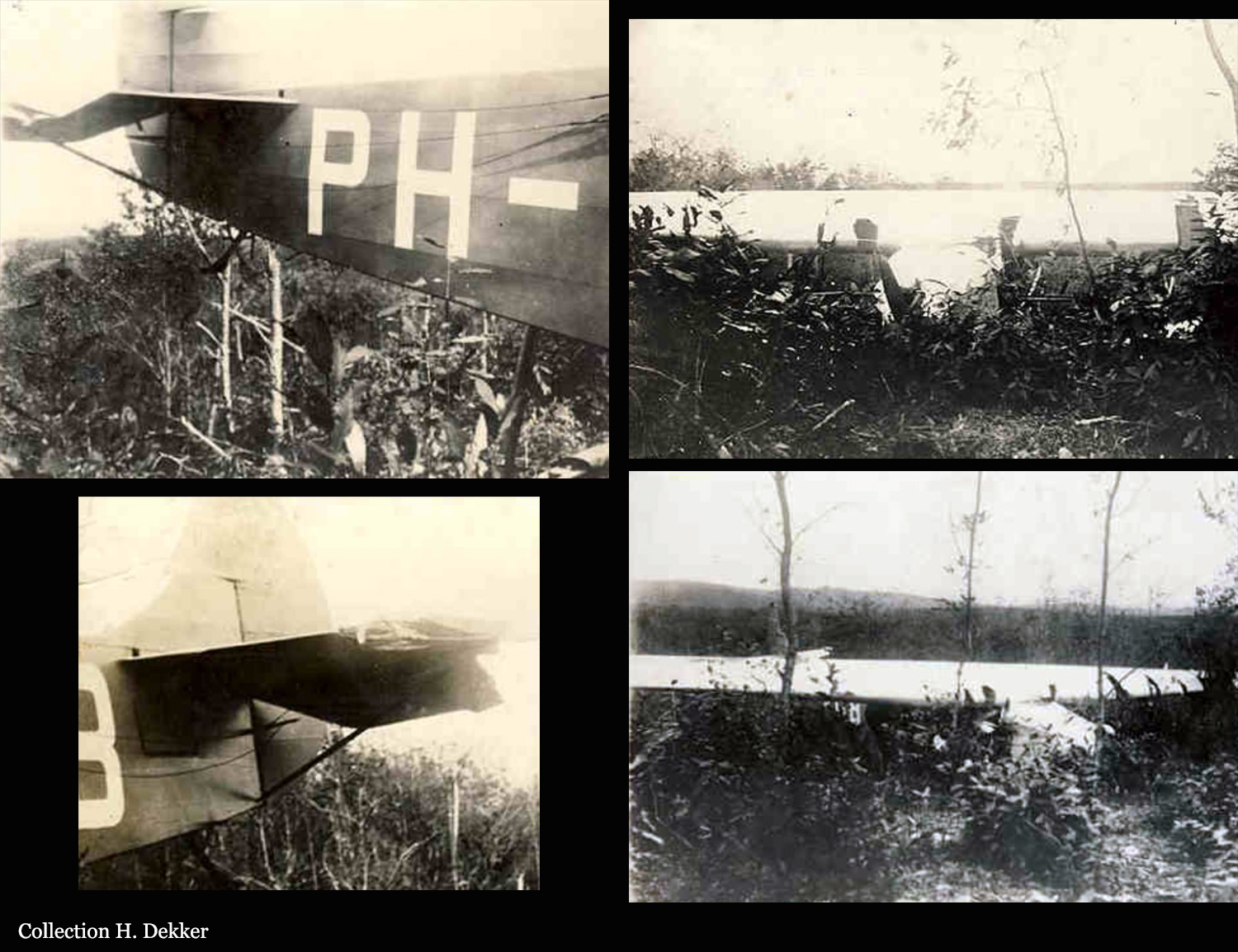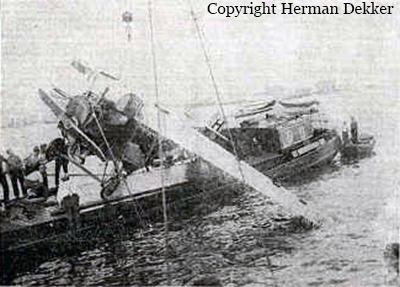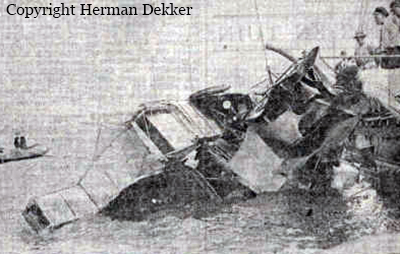Crash of a Douglas DC-2-115E near Pian San Giacomo: 13 killed
Date & Time:
Jul 20, 1935 at 1225 LT
Registration:
PH-AKG
Survivors:
No
Schedule:
Milan – Frankfurt – Amsterdam
MSN:
1335
YOM:
1935
Crew on board:
4
Crew fatalities:
Pax on board:
9
Pax fatalities:
Other fatalities:
Total fatalities:
13
Circumstances:
The aircraft named 'Gaai' departed Milan Airport at 1156LT bound for Frankfurt. While overflying Ticino at the altitude of 5,000 metres, the crew encountered poor weather with severe icing conditions. The aircraft lost height and while descending through the last cloud layer, the captain decided to attempt an emergency landing when the aircraft impacted trees and crashed near Pian San Giacomo, Graubünden. The stewardess was found seriously injured while 12 other occupants were killed. She died from her injuries few hours later.
Probable cause:
Lost of control following an excessive accumulation of ice on both wings and fuselage, increasing aircraft's weight and decreasing performances. Poor weather conditions, icing, low visibility and the absence of a suitable terrain for an emergency landing were considered as contributing factors.
